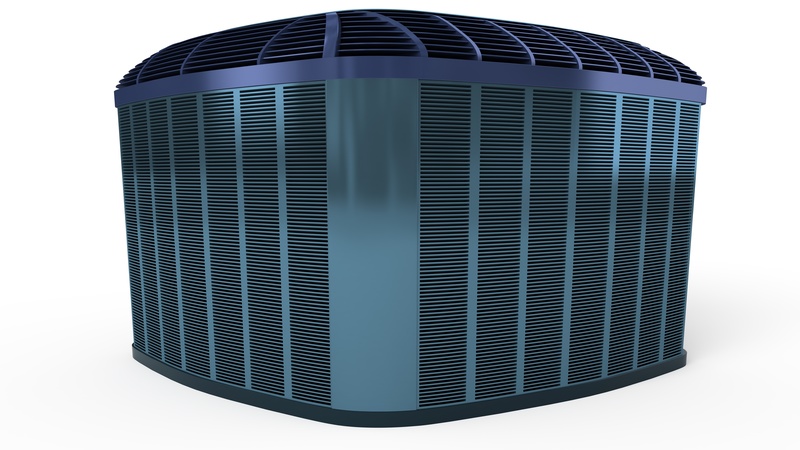Heat is a non-optional element of a home. Selecting the type of heating a home may have, however, reveals a variety of choices in systems of heating and energy sources for the heat.
Heating Newbes exists through a variety of systems. By far, the most prevalent system is the forced air system. Air heated through a furnace is forced through vents found throughout the dwelling. Natural gas, propane, oil, or electricity may all power this type of heating system. This system requires maintenance and filters. Radiant heat operates through the floor or a stove. Water is heated and flows through tubes in the floor or in a stove, and the heat radiates through a room. In addition to oil, propane, natural gas, and electric, wood and coal may also power this type of heat through a stove. Baseboards with hot water flowing through them provide another type of heat called hydronic. This type of heat also receives power through propane, natural gas, oil, or electric. Steam radiant Heating Newbies flows through radiators. These radiators are becoming less popular because of their appearance and more efficient methods. The newest type of heating system is Geothermal heating, which takes heat from the ground and funnels it into the home. This type of heat is quite promising because of its natural sources and benefits to the environment. It may also cut energy costs; however, for now, geothermal heat remains prohibitively expensive for the average family. All of these types of heat function adequately to heat the home; each family should determine which type is right for its circumstances.
Heating systems vary in types of systems and energy sources. One may used a system with a connected air conditioner or one which requires a separate air conditioner. For now, the forced air system is most prevalent, but this trend may change considering the need for filters and maintenance. This system also can affect allergies. Time will tell if geothermal heating will prevail, but the systems need to be streamlined and made less expensive for the average family to be able to invest in the low-energy cost, environmentally friendly system.






